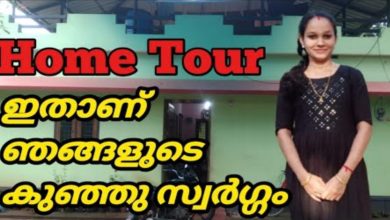Fish Farming

Fish Farming or pisciculture involves elevating fish commercially in tanks or enclosures together with fish ponds, usually for food. It is the essential shape of aquaculture, while other methods may fall under mariculture. A facility that releases juvenile fish into the wild for leisure fishing or to complement a species’ natural numbers is usually known as a fish hatchery. Worldwide, the most crucial fish species produced in fish farming are carp, tilapia, salmon, and catfish.
Demand is increasing for fish and fish protein, which has ended in considerable overfishing in wild fisheries. China provides sixty two% of the world’s farmed fish. As of 2016, more than 50% of seafood became produced by way of aquaculture.
Farming carnivorous fish, including salmon, does no longer usually lessen stress on wild fisheries. Carnivorous farmed fish are commonly fed fishmeal and fish oil extracted from wild forage fish. The 2008 worldwide returns for fish farming recorded by using the FAO totaled 33.Eight million tonnes well worth about $US 60 billion.
for watch detailed video about Fish Farming, see below. for getting daily updates follow our facebook page and click see first option in following button. if you interested this. give this post to your friends and relatives.for more videos, subscribe now:Majet Media
Growth is constrained by to be had food, typically Zooplankton feeding on pelagic algae or benthic animals, which includes crustaceans and mollusks. Tilapia filter out feed at once on phytoplankton, which makes better production feasible. Photosynthetic production may be increased by way of fertilizing pond water with artificial fertilizer combos, including potash, phosphorus, nitrogen, and microelements.
Another issue is the chance of algal blooms. When temperatures, nutrient supply, and to be had sunlight are superior for algal increase, algae multiply at an exponential price, eventually hard nutrients and causing a next die-off in fish. The decaying algal biomass depletes the oxygen within the pond water because it blocks out the sun and pollutes it with natural and inorganic solutes (including ammonium ions), which could (and frequently do) cause massive lack of fish.
An change alternative is to use a wetland gadget, including that used within the business fish farm Veta La Palma, Spain.
To tap all to be had food sources in the pond, the aquaculturist chooses fish species that occupy exclusive places in the pond ecosystem, e.G., a filter out algae feeder which includes tilapia, a benthic feeder inclusive of carp or [catfish, and a zooplankton feeder (numerous carps) or submerged weeds feeder which includes grass carp.
Despite these limitations, sizeable fish farming industries use those methods. In the Czech Republic, hundreds of herbal and semi-herbal ponds are harvested every 12 months for trout and carp. The large Rožmberk Pond near Trebon, constructed in 1590, remains in use.



